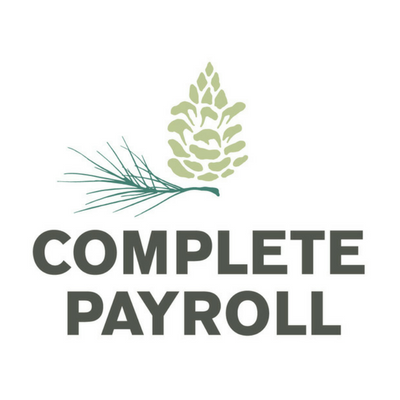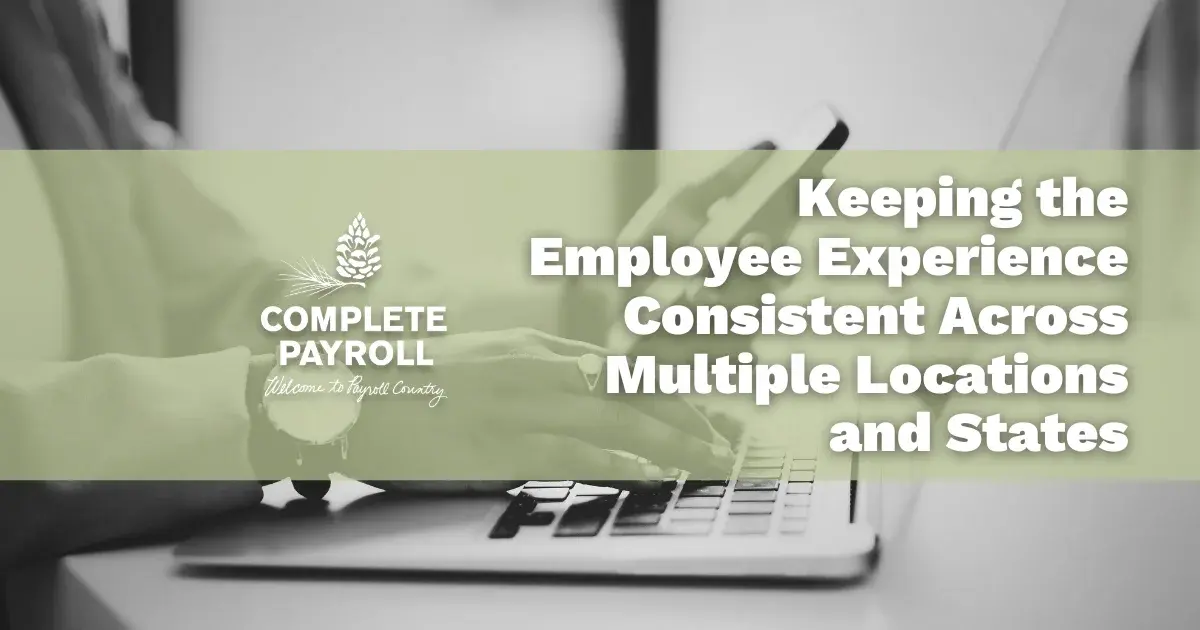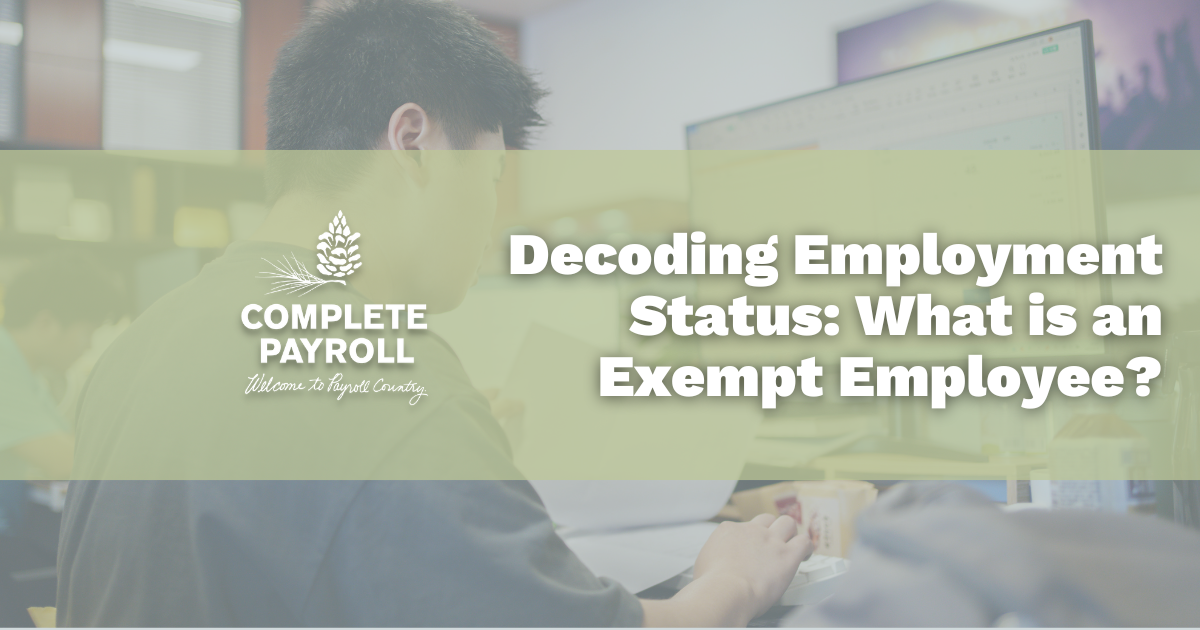Terminating an employee is one of the most difficult things to do in business. Apart from the emotional aspect, we've provided clear instructions on how to terminate an employee (properly) in the state of New York. We begin with the more technical aspects and then explore the personal side of informing your employee and remaining staff.
Discharge Notices
Within 5 days of actual termination, employees must be notified in writing of the exact date of termination as well as the exact date of cancellation of benefits due to termination of employment.
An employer must give written notice to any employee who is terminated from employment, regardless of the reason for separation or whether it is a temporary or permanent separation. This notice must be provided on a form furnished or approved by the Department of Labor and must include: (1) the employer’s name, (2) the New York State Employer Registration Number, (3) the mailing address where the form LO 400, Notice of Entitlement and Potential Charges, should be sent and (4) a statement instructing the employee to have the form available when filing a claim for benefits.
An employer may request a supply of the Department’s form IA 12.3, Record of Employment, or request approval of an equivalent form from the Liability and Determination Section (see page 4). The use of this form will help ensure that the notices and requests are mailed promptly and correctly to employers, and that experience rating charges are established accurately.
Final Paychecks
In New York, terminated employees must be paid final wages by the next regular payday. Paychecks may be mailed at the employee’s request.
Commissioned sales representatives whose contracts are terminated must be paid within five (5) business days after termination or within five (5) business days after they become due in the case of earned commissions not due when the contract is terminated. The earned commission must be paid to the representative at the usual place of payment unless the representative requests that it be mailed, in which case the date of pay is the postmark date.
Note: New York has a requirement that terms of employment for commissioned salespersons be reduced to writing, signed by both the employer and the employee. The written agreement must include a description of “how wages, salary, drawing account, commissions, and all other monies earned shall be calculated” and paid. For accuracy and compliance with this new provision, consult an HR Professional.
Vacations
New York does not require private employers to offer paid vacation leave. However, a New York employer must distribute a written vacation policy to each employee. A New York employer must compensate an employee at termination for any unused, accrued vacation leave earned pursuant to an employment contract or the written vacation policy. An employer is not required to compensate the employee if the employment contract or policy included a forfeiture provision, giving the employee notice that unused vacation would not be paid on termination. In addition, an employer may cap the amount of unused vacation leave, limiting the total hours of vacation leave an employee may accrue.
If paid vacation leave is provided, employers should ensure that it is provided on a non-discriminatory basis and in accordance with established policy and practice.
Non-Compete and Non-Solicitation Agreements
New York courts will enforce a noncompetition agreement if it is reasonable in terms of time, geographic restrictions, and other burdens on the employee and if its purpose is to protect legitimate interests of the employer, such as trade secrets, goodwill, confidential information, or unique or extraordinary services.
New York courts have recognized that all employees owe a duty of loyalty to their employers while employed. Under this duty, employees may not divert business away from their current employer or recruit employees to a competing venture while still employed with the employer.
Layoffs and Reductions in Force (New York WARN Act)
The Federal Act generally requires employers of 100 or more full-time employees to provide at least 60 days’ advance written notice regarding plant closings or mass layoffs to the affected employees’ representative or, if none, to the affected employees themselves. The Federal Act also requires that employers notify the state dislocated worker unit and the local government.
Under the New York WARN law, employers who employ 50 or more full-time employees must give at least 90 days' advance written notice before mass layoffs, relocations, and plant closings. The employer must provide notice if the mass layoff impacts 25 full-time employees who represent at least 33% of the workforce, or the plant closing results in 25 employees losing their positions over a 30-day period. Further, the employer must provide 90-day written notice in the event of an employer's relocation of all or substantially all of its operations to a location at least fifty miles from the current location.
For notice to be adequate, it must be given to the affected employees and their labor representatives, the NY Commissioner of Labor and local Workforce Investment Boards (WIB). Notice to each affected employee must include, among other things, the expected date of the first separation of employees and the date the individual employee will be separated, a statement as to whether the planned action is expected to be permanent or temporary, and whether bumping rights exist. Notice to the NY Commissioner of Labor must include, among other things, the name and address of the employment site where the employment loss will occur, a statement as to whether bumping rights exist, the expected date of the first separation of employees and the anticipated schedule of separations, and a statement as to whether the other notices required under NYS WARN were provided, including the date (and method of delivery) notices were sent, and a sample of the notice provided to employees and their representatives. As with the federal WARN law, the New York version is based on specific single sites of employment, but there are occasions where multiple work locations may constitute a single site of employment. However, there are many significant differences between the New York WARN statute and the federal statute.
Employers must comply with the federal WARN Act.
NY Termination Letter - Breaking the News
Here comes the hard part. Whether or not your employee is expecting this, it's never an easy conversation to inform them that you are parting ways. There are a few different schools of thought when it comes to what to say during the termination meeting itself.
When terminating an employee it's best to formalize the decision in writing with a termination letter. Below you can find our termination letter template.
[Date]
[Name]
[Street Address]
[City, State ZIP]Dear [Employee’s Name],
As we have discussed, your employment with [Company Name] will terminate on [Date] at the close of business.
The reason for your termination is based on specific factors. [Enter concise and specific summary here. For example…On [date], you violated the dress code policy (Employee Handbook, pg. 18) for the fourth time. While we reserve the right to terminate employment at any point in the disciplinary process, we verbally warned you, warned you in writing, and then suspended you without pay for a week for violating this policy. Subsequently, when you violated the dress code policy a fourth time, we made the decision to terminate the employment relationship.]
Your exit interview is scheduled for [Time] on the date of termination. Information regarding the termination process will be further discussed during the meeting. Employees are required to return all company property and equipment upon termination. Please contact [Name of Office Manager/HR Representative] at [Phone Number] with any questions and advise us if your address changes to ensure that you receive all notices and documents from the company.
Sincerely,
[Name]
[Title]
If you'd like this as a MS Word Document, access our free Employee Termination Kit.
One idea is to say as little as possible. Remember, New York is an "employment-at-will" state, which means employers can terminate employees at any time for any reason (unless a law or agreement prevents otherwise).
This means technically, you are not required to go into detail about why you're deciding to terminate them. This can be difficult, as many employees will seek an explanation or some kind of rationale as to why they're being terminated.
And being a caring, empathetic person, you may want to share that. But many employers choose to say as little as possible to protect the business from any wrongful termination lawsuits.
On the other hand, some employees may choose to provide more details to the terminated employee regarding how and why they've made their decision. We're even familiar with a few people that present employees with a letter of recommendation for their next job upon terminating them.
"We don't believe it's working out here, so we've decided to part ways. But clearly you're a talented person. And I believe you'll be more successful in an environment that will suit you better. So I've written you a letter of recommendation based on those merits in the hope it'll help you find a better opportunity for you. And I wish you the best of luck."
Realize there are a few routes you can take, and ultimately it's up to you. If you're struggling with how to best handle the termination meeting itself, it may be best to seek the legal counsel. Here's another article about how to script your termination meeting.
Informing Your Staff
While it will be very obvious to most people if someone has come to clear out their desk, you’ll want to send a general email to your team as soon as the termination has occurred. “Today is Beatrice’s last day. There will be a meeting tomorrow to discuss workflow moving forward. Please see me if you have any questions.”
If the termination is a layoff, you might want to include well-wishes or similar sad-to-see-them-go sentiments, but if the employee was fired for cause, it’s usually best to keep the details under wraps. Nobody wants to feel that their personal failures or incompetence would be allowed to be a subject for public discussion under any circumstances, and there’s no benefit in everyone knowing Dana wasn’t following up with clients quickly enough. By giving your terminated employee some privacy, you’re showing your current employees that they can expect the same respect when it comes to their own struggles.
An exception to this is if the employee in question was engaging in egregious behaviors such as harassment and you want to reiterate that such things are never acceptable and result in immediate termination.
If you have any questions - or plan on terminating an employee in the future - check out our free New York State Employee Termination Kit.
For more information and insights into the laws, best practices and complexities around terminating employees, check out our resource page, A Complete Guide to Employee Terminations. It's an all-in-one page that includes thorough insights, instructions and plenty of links to other helpful resources.
Additionally, here are some other articles that focus on the difficult subject of terminating employees:
- How to Script Your Termination Meeting
- Can You Fire An Employee For Something They Did Outside of Work?
- Paying a Terminated Employee Their Last Paycheck
- About Leave of Absence Employee Terminations
- How to Address Alcohol in the Workplace
- How to Measure and Minimize Employee Turnover
- How to Handle an Employee That's Abusing Your Sick Leave Policy
- Can You Terminate an Employee on Leave?
- The Difference Between a Severance Package and a Severance Agreement
- 3 Exceptions to At-Will Employment
- How to Handle an Immediate Employee Termination
- Termination Meetings: Where and When to Conduct the Most Difficult Conversation
- Alternatives to Employee Terminations
- Can You Terminate an Employee Over the Phone?
- Can You Fire An Employee For Something They Said Online?
- How to Inform Your Staff About a Terminated Employee
- When Should You Fire An Intern?
- Can You Fire An Independent Contractor?



















 Get Instant Blog Notifications
Get Instant Blog Notifications


